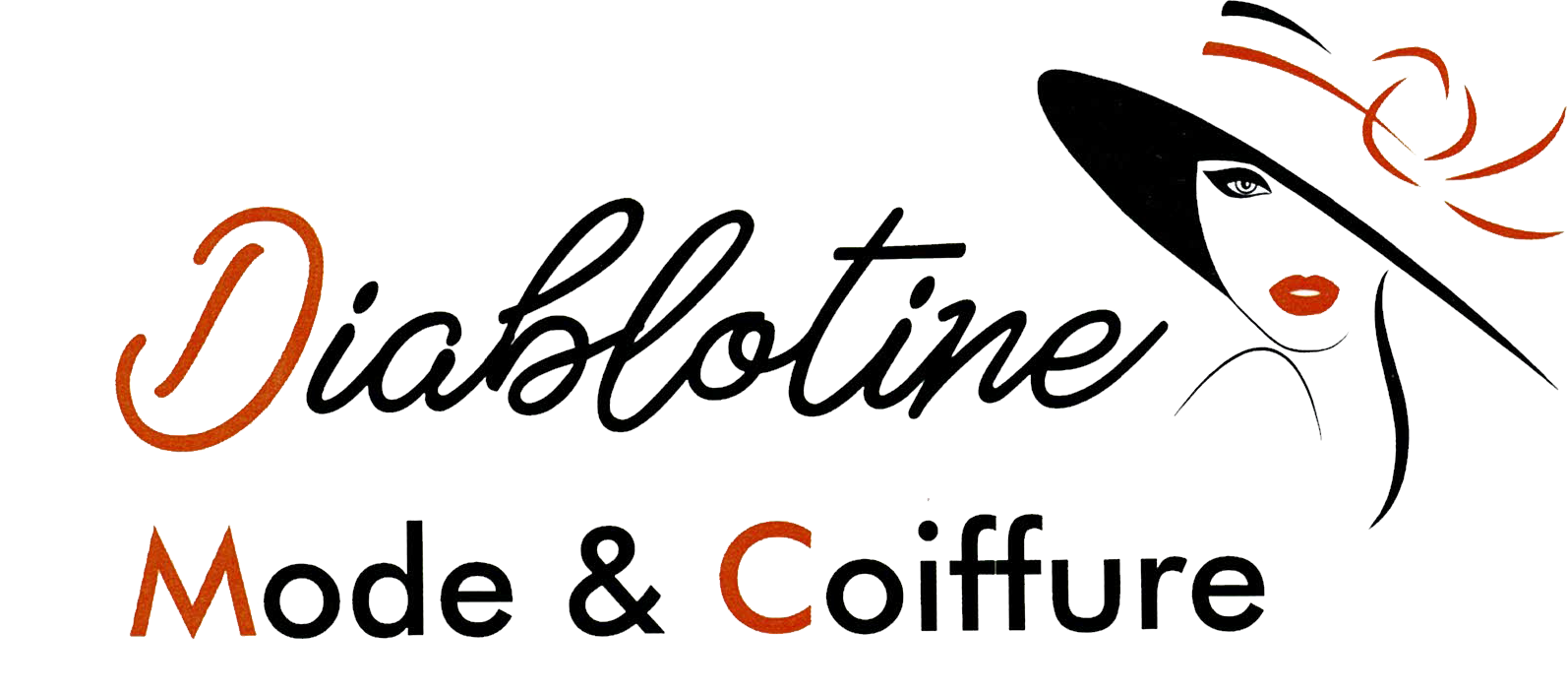Background of King Thimbles
King Thimbles is a relatively new casino that has been making waves in the gaming industry with its innovative approach to game design and entertainment. Located in a state-of-the-art facility in Las Vegas, this boutique-style casino offers an exclusive experience for its guests, with a focus on comfort, luxury, and of course, thrilling games. One of the key factors behind King Thimbles’ success is its talented team of kingthimbles.com designers, who have worked tirelessly to create a unique gaming environment that appeals to players of all levels.
An Interview with the Design Team
To learn more about the design process behind King Thimbles and what makes this casino stand out from the rest, we sat down with the team responsible for bringing the concept to life. Our interviewees were Emily Chen, Lead Game Designer; James Reed, Senior Art Director; and Maria Rodriguez, User Experience (UX) Specialist.
The Vision Behind King Thimbles
We began by asking Emily about the inspiration behind King Thimbles. "When we first started conceptualizing the project," she explained, "we wanted to create a casino that would appeal to players who were looking for something more than just slots and table games. We drew inspiration from art deco architecture and luxury hotels, aiming to recreate that sense of opulence and refinement within our gaming space."
James chipped in, sharing his perspective on the design process. "We worked closely with architects and interior designers to ensure that every aspect of the casino reflected this vision. From the intricate patterns on the walls to the lavish furnishings, we wanted every detail to contribute to an immersive experience for our guests."
Maria added her insight into the UX side of things. "Our goal was to create a space where players felt comfortable and engaged. We analyzed player behavior and preferences, using data to inform our design decisions and ensure that the layout and user interface were intuitive and enjoyable."
The Design Process
With their vision in place, the team began working on the actual design of King Thimbles. Emily explained how they broke down the project into manageable chunks. "We started by creating concept art and mood boards to visualize our ideas. From there, we developed a detailed prototype to test out our designs with players."
James discussed his role in shaping the aesthetic of the casino. "As Senior Art Director, I oversaw the development of all visual elements, from branding and signage to interior design and graphics. We used a combination of traditional techniques – hand-drawn sketches and watercolors – alongside digital tools like SketchUp and Photoshop to bring our concepts to life."
Maria described her involvement in user experience research. "We conducted extensive testing with players to gather feedback on our designs. This helped us identify areas for improvement, refine the layout, and ensure that every aspect of the casino was player-centric."
The Results
After months of design and development, King Thimbles finally opened its doors to the public. The response has been overwhelmingly positive, with players praising the casino’s unique atmosphere and variety of games.
"We’ve had an amazing reception from both local and international players," Emily said, beaming with pride. "Our design team worked tirelessly to create a space that would stand out in a crowded market, and it seems we’ve succeeded."
James nodded in agreement. "The attention to detail has been key to our success. Every aspect of the casino – from the lighting to the soundscapes – was carefully considered to create an immersive experience for players."
Maria emphasized the importance of continuous improvement. "We’re constantly gathering feedback and refining our design to ensure that it stays engaging and enjoyable for our guests. We’ve already implemented several changes based on player suggestions, and we’ll continue to evolve the casino as needed."
Lessons Learned
As we concluded our interview with the King Thimbles design team, it was clear that their dedication and expertise had paid off in a big way. However, they also acknowledged the challenges they faced during the design process.
Emily reflected on one of the biggest hurdles: "One thing we learned is the importance of flexibility and adaptability. Designing for a casino requires considering many different factors – from player preferences to regulatory requirements – which can be unpredictable."
James echoed this sentiment. "We underestimated the complexity of designing for an immersive experience. Creating a space that was both visually stunning and functional required a tremendous amount of research, testing, and iteration."
Maria added her perspective on the importance of collaboration: "Working with architects, interior designers, and other stakeholders was essential to achieving our vision. We had to balance competing interests while ensuring that every aspect of the casino contributed to an overall cohesive experience for players."
